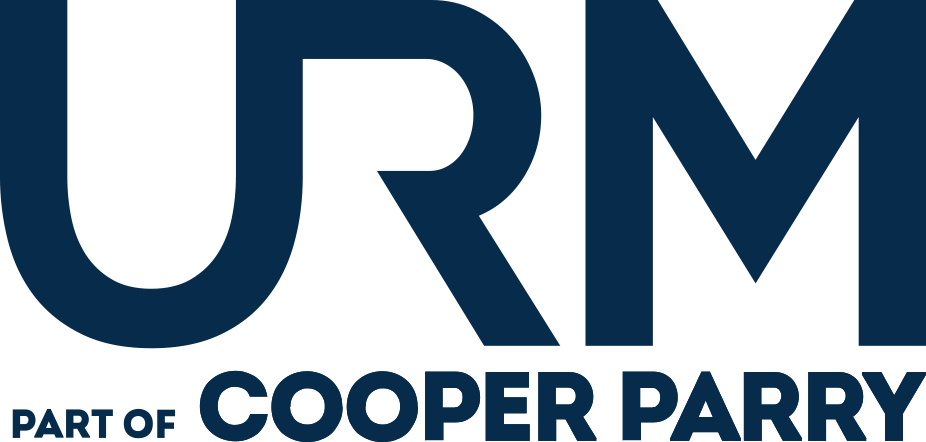ISO 42001 is aimed at verifying the trustworthiness of an AI system, and this trustworthiness is expressed through distinct qualities or ‘perspectives’, as they are referred to in ISO 42005 (a related standard which sets out the content required for artificial intelligence impact assessments or ‘AIIAs’). These perspectives are articulated in terms of benefits and harms to interested parties and are organised into eight categories, as follows:
- Accountability: Which individuals or entities are responsible for a decision made by the AI system
- Transparency: How straightforward it is for interested parties to obtain and understand information about the AI system’s activities, decisions and system properties
- Fairness and discrimination: Ensuring that the decisions rendered by the AI system are fair and free from discrimination, so that the AI system does not perform unjustifiably better or worse for different individuals, organisations, groups of individuals or societies (with the most commonly recognised issue being (actual or perceived) bias)
- Privacy: Ensuring the effective protection of any personally identifiable information (PII) that is used within the AI system
- Reliability: The ability of the AI system to perform as intended
- Safety: Relevant to both systems that involve mechanical automation, such as auto-drive vehicles, and that render decisions with the potential to impact a person’s health or wellbeing
- Explainability: The extent to which a human can understand how the AI system has arrived at the decisions it delivers
- Environmental impact: How the environmental impact of the AI system is managed.

ISO 42001 and AI Perspectives
URM’s blog explores ISO 42001, its intentions and structure, and the AI perspectives that will need to be considered by organisations implementing the Standard.

URM’s blog explores artificial intelligence impact assessments (AIIAs) and offers advice on how to conduct these assessments in full conformance with ISO 42001.

URM’s blog discusses the need for policy in relation to the use of AI, real-world cases where AI has caused organisations issues & how to create an AI policy.

URM’s blog breaks down the EU AI Act and discusses its scope, requirements, how it will be enforced, how it may impact the UK & the rest of the world, and more.

